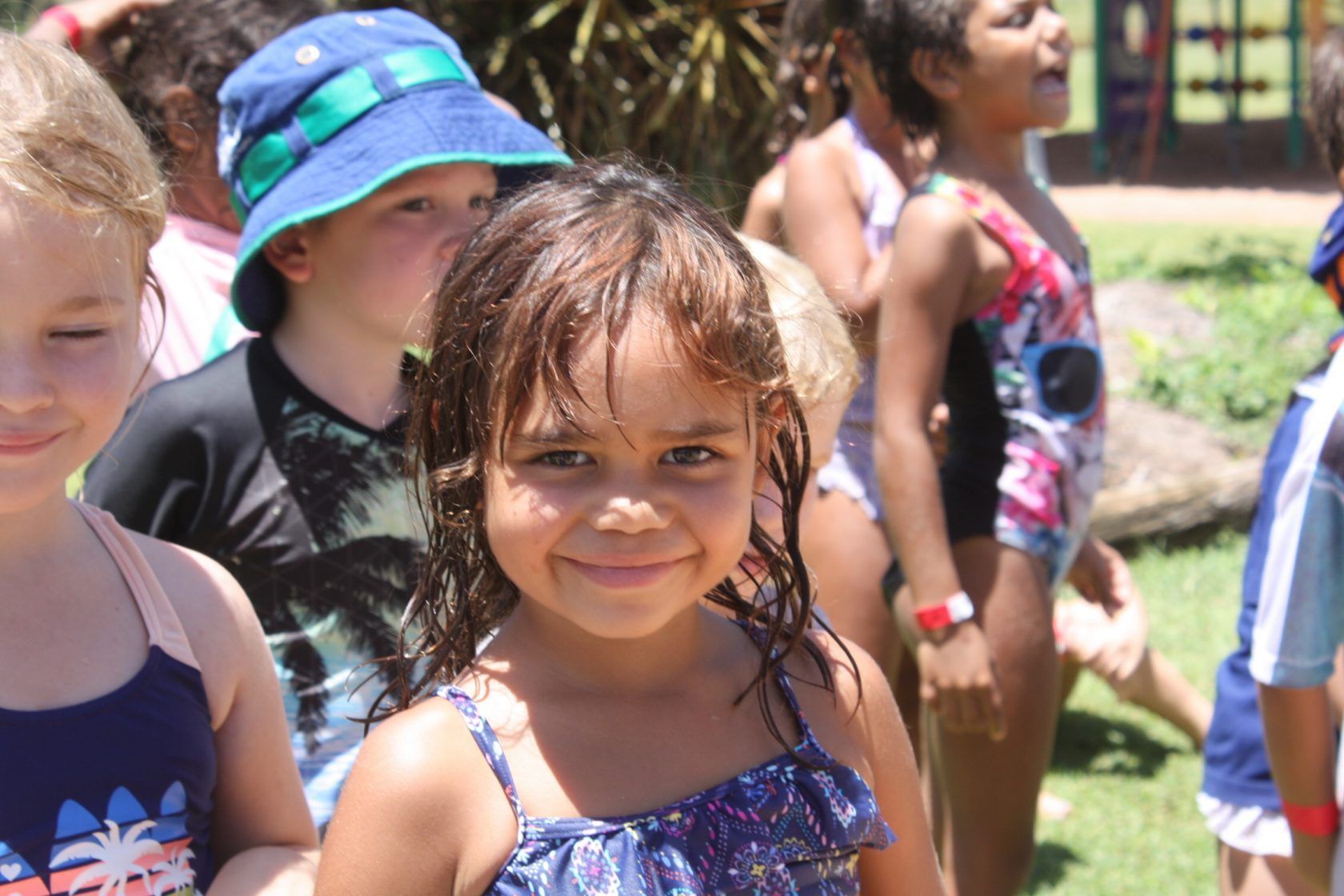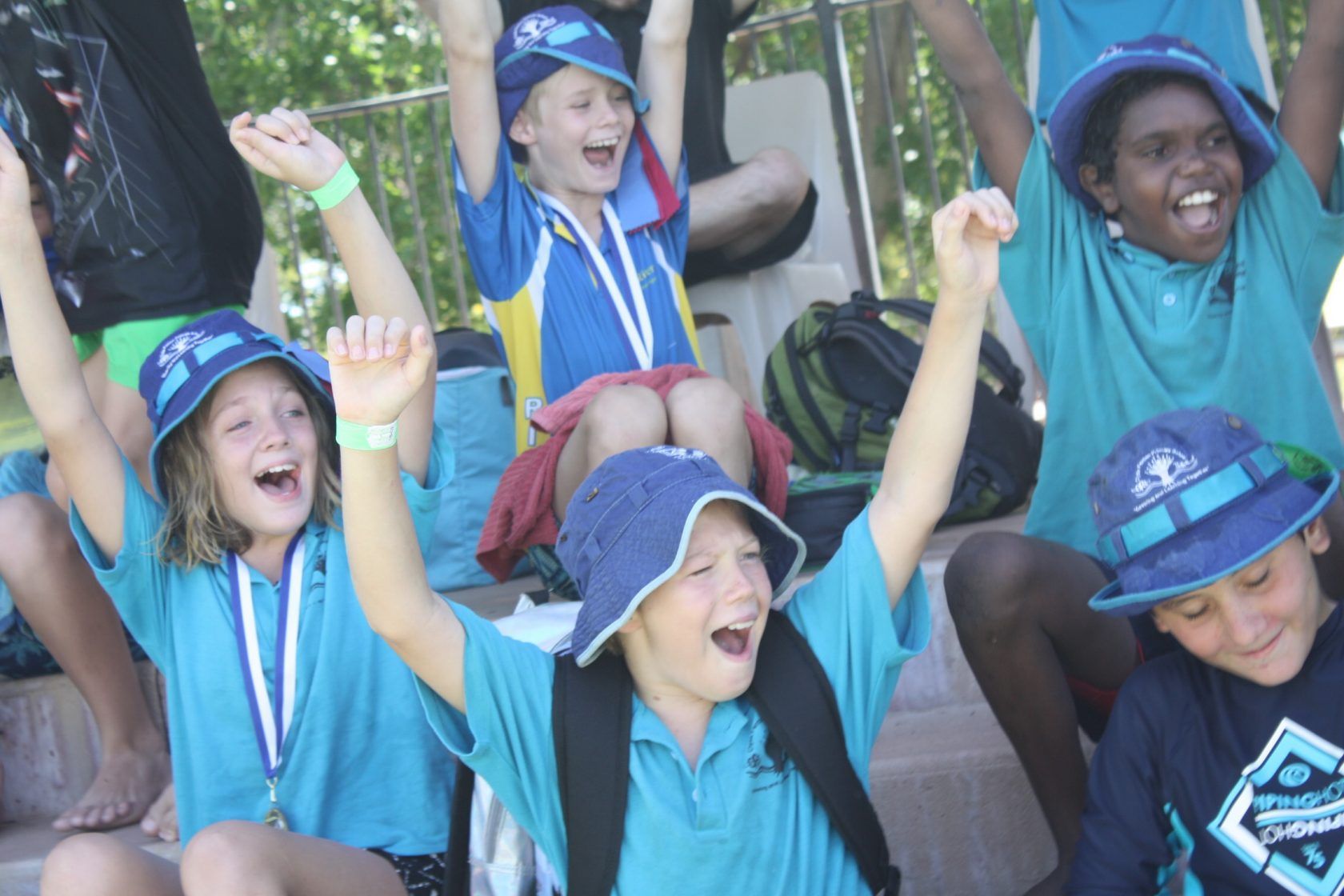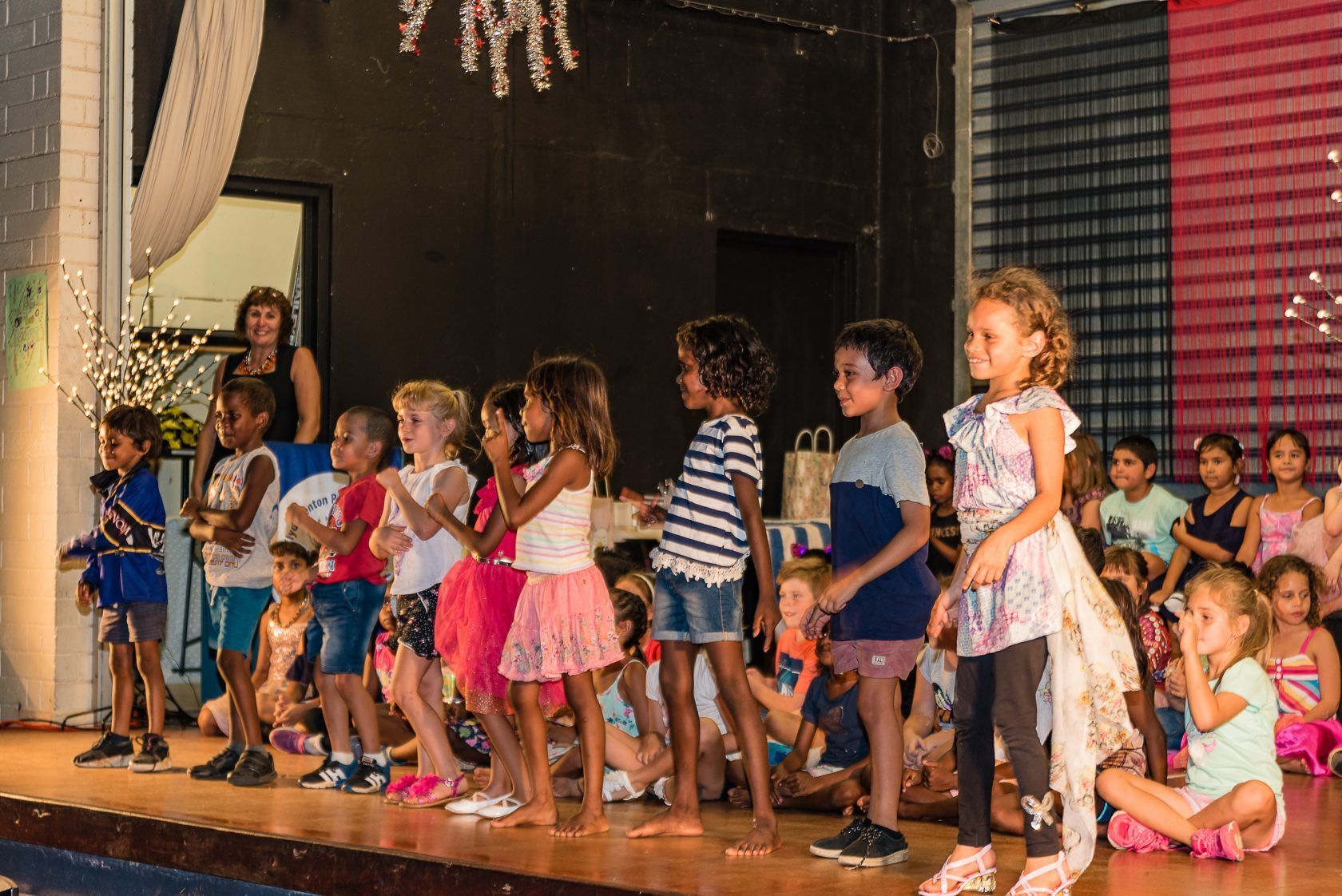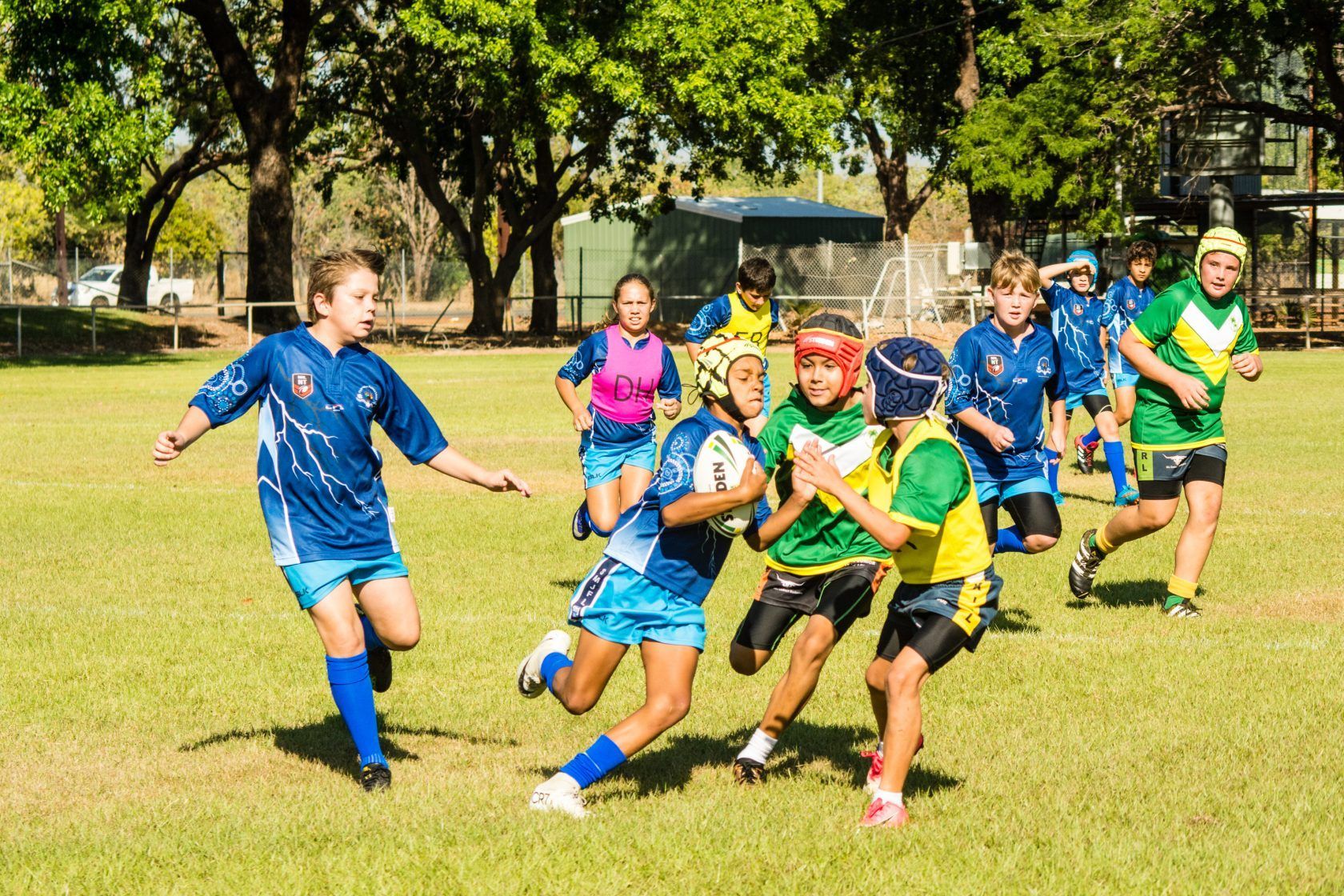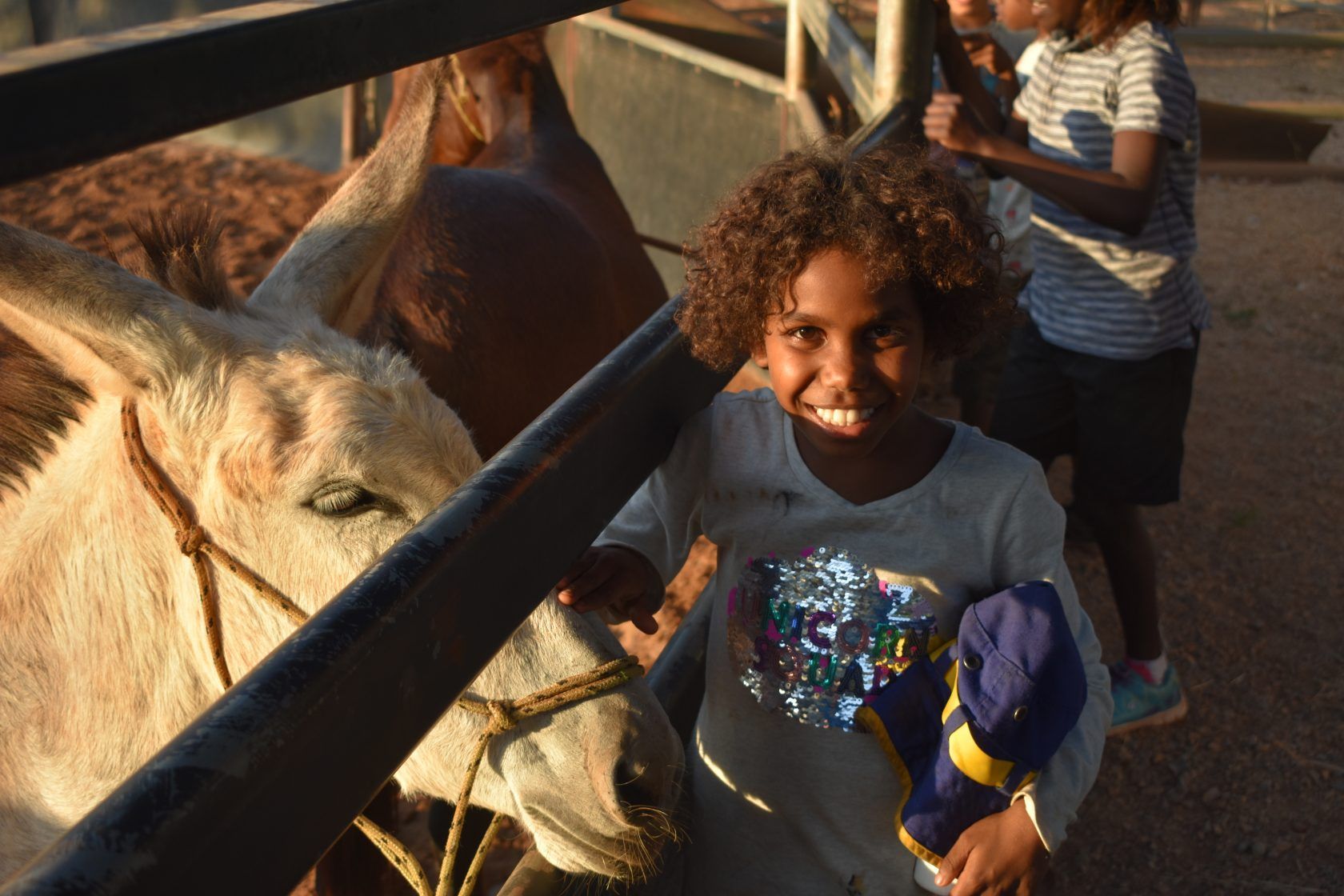Programs
Before trying to move onto curriculum orientated learning, it is better to stop and deal with the trauma or the overtly emotional state of the child.
The children will all be learning as they watch us deal with the trauma and the behaviours presented. It is all a learning opportunity. As they watch us and our emotional state they are being guided at the deepest level as to how to handle stressful and critical situations.
Literacy
What is Scarborough's Reading Rope?
In 2001, Dr. Hollis Scarborough created the Reading Rope to convey how the different “strands” of reading are all interconnected yet independent of one and another. For many students, learning to read is a challenge. Scarborough's Rope captures the complexity of learning to read.
Scarborough's Reading Rope is made up of lower and upper strands. When all these component parts intertwine, it results in skilled accurate, fluent reading with strong comprehension.
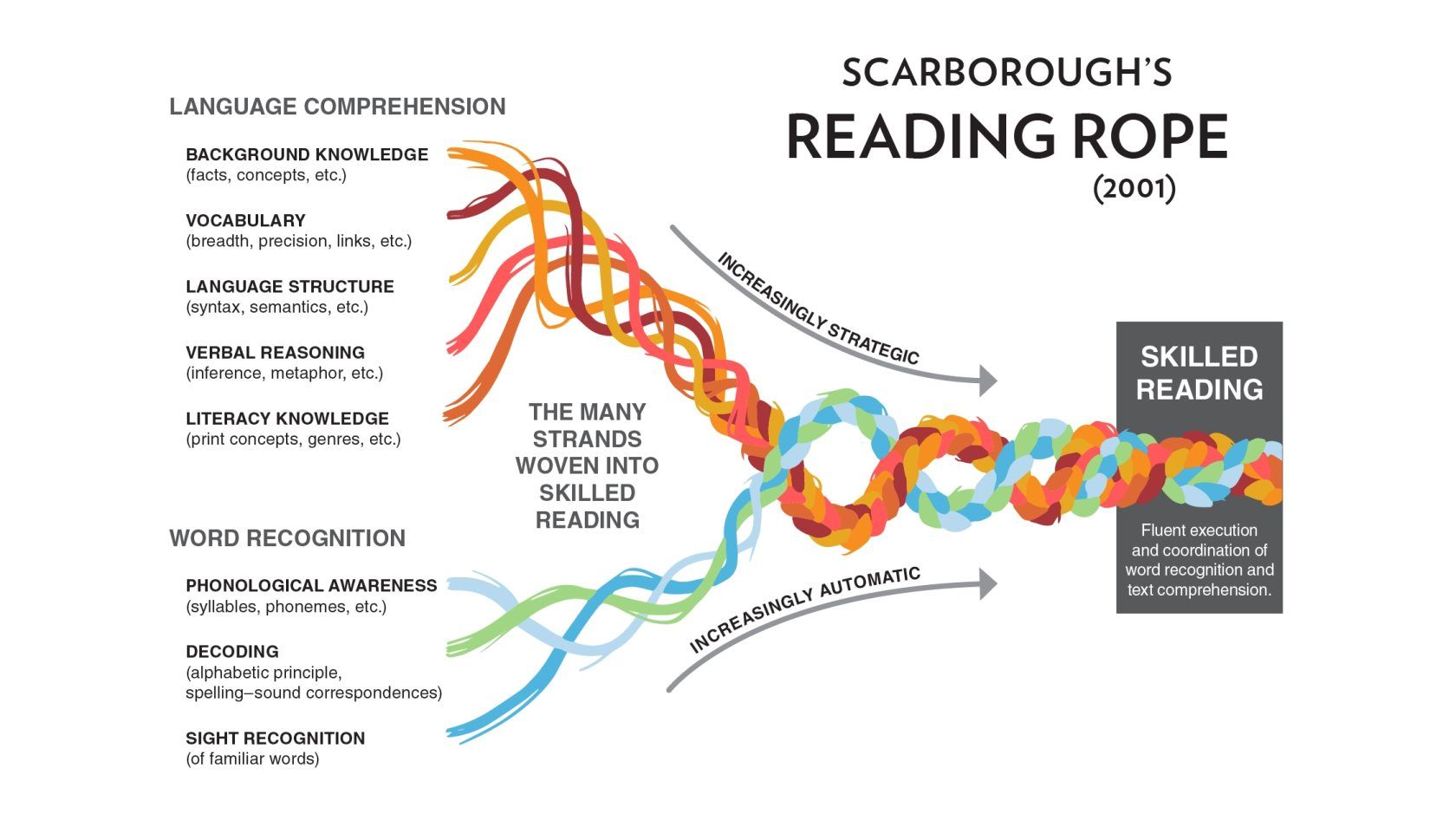
The lower strands include:
- Phonological awareness
- Decoding
- Alphabetic principal
- Sound-spelling correspondences
- Sight recognition
The upper strands include:
- Background knowledge
- Vocabulary
- Language structures
- Verbal reasoning knowledge
- Literacy knowledge
The Lower Strands
Phonological Awareness
It's a skill set that includes identifying and manipulating units of oral language – parts such as words, syllables, onsets, and rimes. Did you know that you can improve your students’ ability to read unfamiliar words without showing them a single printed letter?
Decoding
Decoding is the ability to apply knowledge of sound-letter relationships (phonics) to correctly pronounce written words. Did you know that in 2019, only 35% of fourth-graders were at or above (NAEP) proficient level on the reading assessment?
Sight Recognition
Our sight word memory is also referred to as our Orthographic Lexicon. It is all the words we can read accurately and effortlessly. Literate adults have a sight word memory of 30,000 to 70,000 words. Starting in 3rd grade, it is estimated that “skilled orthographic mappers” anchor 10-15 new words a day into their sight word memories. That’s a new word every 90 minutes! Sight word recognition is foundational to fluent reading.
Read Write Inc.
Read Write Inc. is a rigorous program for F–6 that is proven to create fluent, enthusiastic readers, confident speakers and willing writers. It incorporates effective classroom management strategies that ensure participation and fast progress for all students, and comes with comprehensive lesson plans and assessment resources.
The new edition of Read Write Inc. Phonics draws upon experience gained in more than 4000 schools over 10 year;
- a learn-to-read program for students 5-9 years
- students are grouped according to their phonic level, targeting the teaching to their point of need
- more than phonics – integrated comprehension, writing, grammar, spelling, vocabulary and handwriting
- comprehensive lesson plans and assessment resources
- incorporates effective classroom management strategies that ensure participation and fast progress for all students
The children are assessed regularly and grouped according to their ability. They will work with a RWI trained teacher or teaching assistant.
Reading
When using RWI to read the children will:
- Learn 44 sounds and the corresponding letter/letter groups using simple prompts
- Learn to read words using sound blending (Fred talk)
- Read lively stories featuring words they have learnt to sound out
- Show that they comprehend the stories by answering 'Find It' and 'Prove It'
Writing
When using RWI to write the children will:
- Learn to write the letter/letter groups which represent the 44 sounds
- Learn to write words by saying the sounds and graphemes (Fred fingers)
Talking
When using RWI the children will also work in pairs:
- To answer questions
- To take turns talking and listening to each other
- To give positive praise to each other
The Upper Strands
Background Knowledge
Background knowledge is an essential component in learning because it helps us make sense of new ideas and experiences. Readers rely on background knowledge to attend to and make sense of what they are reading. This is especially important for readers who are still relying heavily on word decoding rather than rapid word recognition. The more knowledge they have about a variety of subjects, topics, and ideas, the more likely they will be able to make sense of what they are reading, and the more likely they will add to their body of knowledge.
Vocabulary
An extensive and rich vocabulary enables readers to make sense of what they are reading. The richer a reader’s listening and spoken vocabulary, the easier they will find it to read through texts that contain words they have not seen before. If the student can use their growing decoding skills and match their result with a word they already know the meaning of, they will be more confident in their abilities and will spend less overall effort on reading a text.
Verbal Reasoning (inference, metaphor…)
Inference - a conclusion one can draw from known facts or evidence
Metaphor - a word or phrase used to say that something is another thing in order to suggest that they are similar
Language Structures (syntax, semantics…)
Syntax - The arrangement of words in a phrase or sentence. The English language has patterns and rules for the way we order our words. It also has some flexibility and variety in acceptable patterns, and even then, speakers and writers are allowed some leeway with these patterns.
Semantics - In linguistics, semantics is the study of the meanings of morphemes, words, phrases, and sentences. Knowledge of the meaning of a text is essential to reading.
Literary Knowledge (print concepts, stories…)
Print Concepts - letters vs. words, 1:1 correspondence, reading left-to-right and top-to-bottom, spaces between written words, letter order matters, etc.
Numeracy
The Mathematics learning area allows learners to develop mathematical skills and understandings that they can apply to many areas of life. Learners will develop sound strategies for investigating and problem solving as well as positive attitudes about their capacity to effectively use their mathematics in many life situations.
CFS follows the Meaningful Maths program.
The Meaningful Maths Number Framework (formerly NZ Maths) comprises of two equally-important and interrelated elements:
Number Knowledge
Knowledge about the number system including numeral identification, number sequences and place value; and basic number facts using the four operations.
Number Strategies
Knowledge of mental and written strategies used to perform calculations.
The Meaningful Maths Number Framework Knowledge and Strategies has a strong foundation in the research conducted by Bob Wright et.al (2006) which also informs the revised Count Me in Too! Learning Framework in Number developed by NSW DET (2007). The Meaningful Maths Number Framework is an evidenced-based teaching and learning framework that assists teachers to describe students’ mathematical thinking in terms of a developmental continuum.
For further information about the Meaningful Maths Number Framework follow the link below:
Health & Wellbeing
The Health and Physical Education learning area focuses on the multi dimensions of health, and how these influence the development of the individual. There are a number of sensitive issues within this learning area where the partnership between school and home is particularly important. Care needs to be taken to ensure all community groups’ customs and practices are considered and classroom programs modified accordingly.
The school follows the NT's SEL Program for Social and Emotional Learning. It covers all strands of Personal and Social Capability and Intercultural Understanding in the Australian Curriculum’s General Capabilities. The SEL program allows students to explore areas such as managing emotions, mindfulness, understanding relationships, goal setting and managing conflict.
A Perceptual Motor Program is part of the overall Transition classroom program. It involves a sequential range of developmental activities, both physical and cognitive, which link directly to the development of skills for classroom learning.
CFS offers a swimming programme in Term 1 with a culminating community Swimming Carnival, and an athletics program in Term 2 with a culminating community Athletics Carnival. In PE, students learn a skill based program, and are encouraged to participate in a variety of sports at school, inter-school, regional and state level.
Students are able to be involved in planting and caring for our vegetable garden as part of a partnership with EON foundation. As part of their Health program, they then have cooking sessions in our state of the art home economics room.
Arts
The Arts learning area recognises Dance, Drama, Media, Music, Visual Arts and combinations of these art forms.
Providing integrated experiences within the arts and with other learning areas optimises learning across the curriculum and teachers are encouraged to capitalise on the potential of the arts to enrich and celebrate all learning.
We provide numerous performances and workshops throughout the year to enhance our students' enjoyment and understanding of the Arts.
Student Voice
The CFS Student Leadership Group is made up from 23 students from Years 5 and 6 who are elected to any of the following positions:
Student voice is students actively participating in decision-making at school on things which shape their educational experiences.
Student voice is more than just students 'having a say' and 'being heard'. To be successful, schools must value the perspectives and opinions of students and act on them in a way that genuinely shapes learning and decision-making at the school.
Including student voice in decision making at schools can:
- Allow students and teacher to design solutions together
- Increase engagement in learning
- Build connections and belonging
- Create a positive environment and culture
- Develop personal and social capabilities.
